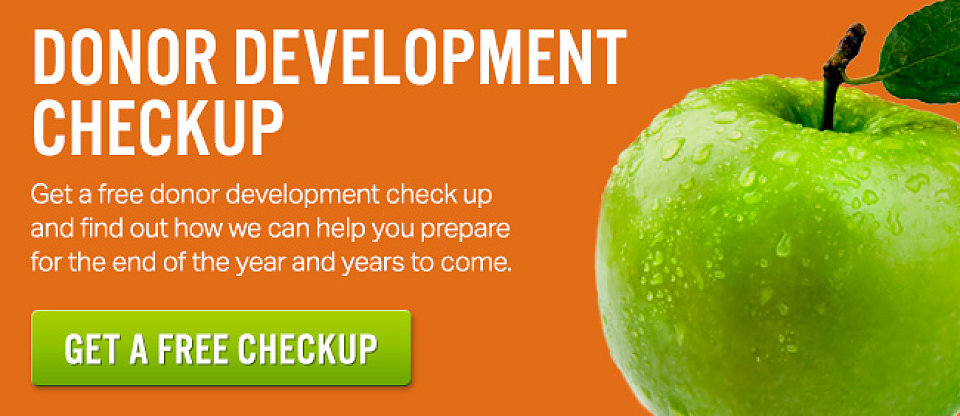They’ve Given. Now What?
By The A Group
You’re almost there! You skipped the office Christmas potluck and ate at your desk. You made it through planning, approvals, execution and deadlines. The end of the year frenzy has reached its final culmination.
If everything goes according to plan, God will bless your work and you’ll soon be reflecting on a great giving season. New donors will have come to your website, and existing donors will have given special gifts.
You may have run special campaigns and invested heavily in finding new donors, and are planning to invest even more in the spring. After all, growing that file is the most important thing, right?
Maybe not.
In today’s changing climate of giving, bringing in new givers is simply not enough. Bringing in new donors is important. but it’s expensive and time consuming. Without the right tools in place to retain those new givers and turn them into lifelong donors, you may simply be spending unnecessary resources to replace donors, rather than to actually grow.
In other words, while you usher new donors in the front door of your organization, they may be exiting out the back.
We know that long-term donors give more and more frequently than new donors. A recent survey of national nonprofit development and communication leaders pointed out that 57 percent of those surveyed said acquiring new donors is their most important goal for 2014. But only 34 percent said retaining donors is most important. (You can see the rest of the survey here.)
New donors give less frequently and in lower amounts than donors who have stayed committed to your ministry for a longer period of time. Your best donors are those who have given for multiple years. Yet we often measure growth by new donors we add, instead of by existing donors we keep. What a costly mistake!
Here’s the cycle experienced all too frequently: New donors are excited by a campaign. They give. They get a thank you and a receipt. And then what? They are moved into the regular cycle of communications that the long-time veteran givers receive. The new donor might give again, but feels lost or overwhelmed, and eventually goes away. The organization has to find even more donors next year to replace the new ones they just found who didn’t “stick.”
Sound familiar?
If it does, you’re not alone!
Before your next acquisition effort and expense, look at your file and ask:
- Are our first-time givers becoming long-term donors?
- Do we have an established process for helping them understand us even more, and hang around even longer?
- Do we know how many new donors leave without ever giving again?
- If we had kept more of our new donors over the past few years, what could this December have really looked like? How much less would we need to invest in acquisition next year?
You may not know all the answers to those questions. Don’t worry! We can help with that. Communications, marketing and donor development all have one common goal—to find the donor and maximize their lifetime potential.
Sometimes the least expensive “new” donors are the ones you already know. Don’t replace them if you can keep them!
Give us a call at 615.373.6990 or shoot us a note. We can help!














